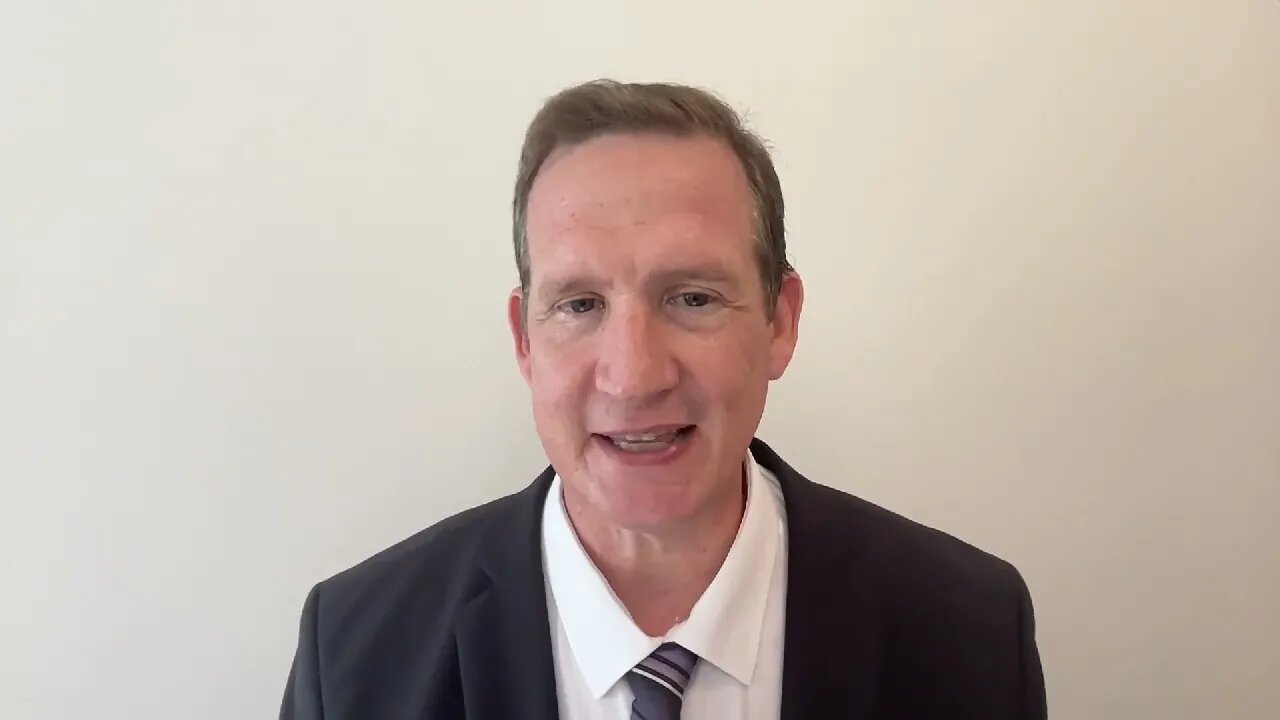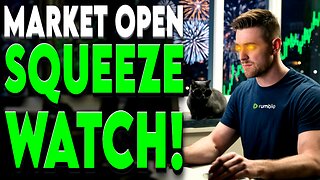Premium Only Content

How Are American Households Impacting the US Treasury and Equity Markets?
The dynamics of the bond market have always been intriguing, and recent movements bring forward a captivating narrative. One of the persisting theories in the bond market is the idea that 'Treasury supply is lifting yields.' This concept suggests that with the US clocking in a near $2tn annual budget deficit, especially during robust economic times, it's leading to a surge in yields. Now, whether or not this theory holds true, market dynamics are ever-evolving.
A critical element to consider in this dynamic is the role of American households. Surprisingly, the household component of Treasury holding data has been inclusive of hedge funds. This means that a considerable chunk of the household Treasury purchases might be influenced by hedge fund activities, which may not present the most accurate picture. However, the staggering figure that's hard to ignore is the nearly $700bn worth of Treasuries bought by households in the first half of 2023 alone. If the current trajectory holds, we're potentially looking at a whopping $1.3tn Treasury buying spree by households by the end of the year.
Now, what does this mean in the grander scheme of things? American households and hedge funds combined have significantly increased their share of the US Treasury market. As of the latest figures, they account for 9% of the market, a substantial rise from a mere 2% at the beginning of 2022.
But the ripples of this don't just stop with the Treasury market; it has broader implications for equities as well. As yields on Treasuries become more attractive, households might be incentivized to invest more in yield-bearing assets as opposed to equities. It's essential to note that US households are dominant players in the equity market, owning 39% of all US equities. So, a shift in their investment behavior can significantly influence the equity market.
Another noteworthy point is the role of US companies. As households and pension plans pivot to capitalize on higher yields, US companies might soon emerge as the primary pillar driving US equity demand. Goldman's projection suggests that buybacks might make a comeback, although they might not reach the zenith seen in previous years due to the substantial increase in borrowing costs.
In summary, while the interplay between Treasury yields and equity demand has seen many ebbs and flows, the current dynamics underscore the considerable influence of American households on the market. As they navigate between Treasuries and equities, their decisions will likely shape market trajectories for the foreseeable future.
For a more comprehensive understanding or to discuss how these market dynamics might influence your investment strategies, please reach out. Feel free to email me at ben@benjaminzmiller.com. If you found this insight beneficial, remember to like, subscribe, and share!
-
 LIVE
LIVE
The Charlie Kirk Show
42 minutes ago2024 In Review + The Truth About H-1Bs | Girdusky, Carl | 12.30.24
7,594 watching -
 6:51
6:51
The Rubin Report
1 hour agoDave Rubin Reacts to Trump’s Greatest Moments
17.5K4 -
 DVR
DVR
Bannons War Room
1 year agoWarRoom Live
102M -
 0:57
0:57
Steven Crowder
2 hours agoCROWDER CLASSICS: AOC & the Lion’s Den (Bible Story Parody)
75K7 -
 50:00
50:00
Graham Allen
5 hours agoGoodbye 2024…. HELLO 2025!!
66.1K16 -
 LIVE
LIVE
LFA TV
15 hours agoH1B FIASCO! | LIVE FROM AMERICA 12.30.24 11am EST
5,083 watching -
 2:05:37
2:05:37
Matt Kohrs
15 hours agoStocks Puke, Breaking News & BIG Updates || The MK Show
57.3K3 -
 51:57
51:57
Dad Dojo Podcast
3 hours ago $1.25 earnedEP15: The Bronny James Debate 2
24.5K -
 10:53
10:53
Rethinking the Dollar
19 hours agoTariffs Won’t Save the US Dollar
14.3K23 -
 30:40
30:40
BonginoReport
5 hours agoHow Based Gen Z Men Are Shaping the New Right: Evita + John Doyle (Ep.111) - 12/30/2024
72K54